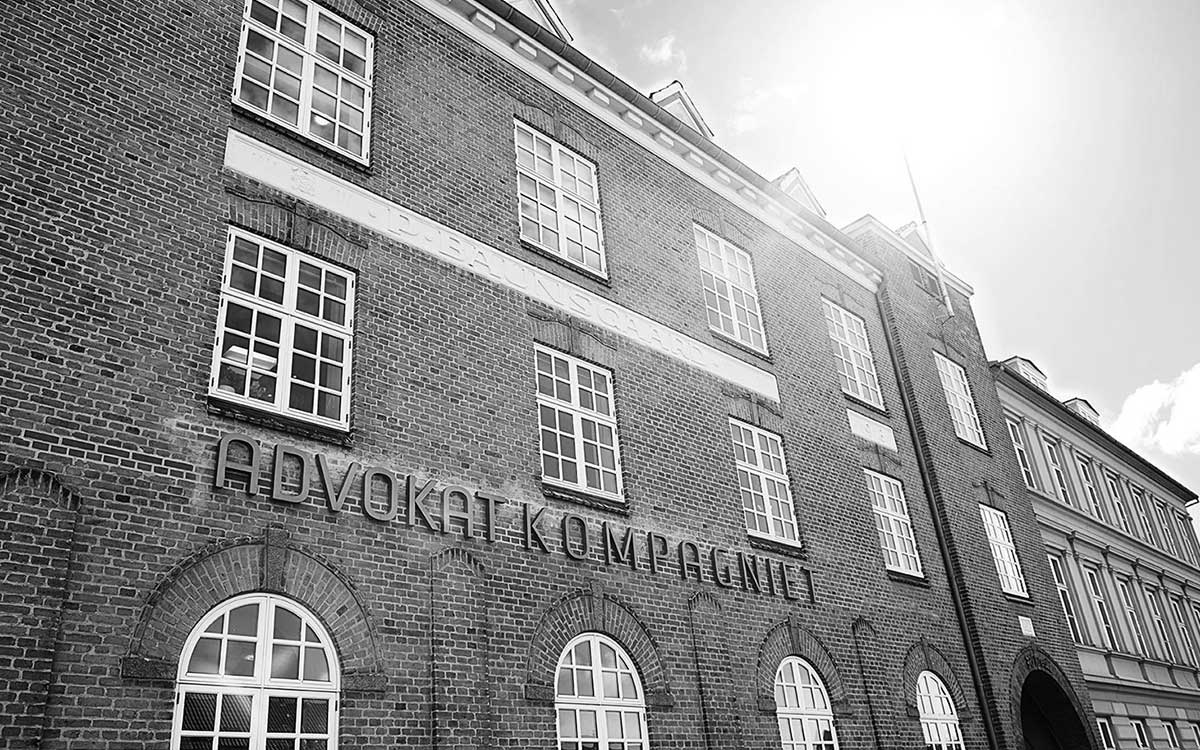1. Website target group and strategy
Working together with our clients, we define the content and functionalities which are necessary to reach relevant target audiences.
2. UX development
Next, we visualise the website’s user experience through wireframes, which are described and connected in an interactive prototype. Essentially, this is your new website’s floor plan.
3. Design development
Based on the approved wireframe, we prepare a visual design concept for the website – shown as a front page and a content page. When this is approved, we finalise the design for all the site’s page templates.
4. System description
Although the website has now taken form, it must still be documented in writing to avoid misunderstandings. This is done through a requirements specification that defines the site functionality in greater detail, which must be approved before technical implementation can start. This system description is the manual that programmers will follow once technical implementation begins.
5. Programming
We work with a range of content management systems, such as Wordpress, Sitecore and Umbraco. For Umbraco, we have our own certified developers.
Based on the system description, all page templates and their data structures are implemented in your chosen CMS. All of our solutions are checked for responsiveness to ensure they work on smartphones, tablets and desktop computers. Once programming is complete, we establish the site’s core structure and begin testing with dummy content.
6. Content upload
If you would like to handle content upload yourself, SPRING Production will give you a thorough introduction to the system. If not, we are happy to upload all content on your behalf. On image-heavy sites, our graphics department in Vietnam can assist with colour correction, cropping and general image optimisations before upload to ensure that your new website looks as good and professional as possible.
During the upload process, your website is constantly tested against the agreed browser support, functions and layout. You can log errors and change requests directly in Asana, our project management tool, to ensure that we never lose track of what needs to be done.
7. Going live
Finally, the solution is prepared for commissioning. One or more tracking systems (like Google Analytics) are configured, the server is prepared for the appropriate domains and directed towards your new website.





































